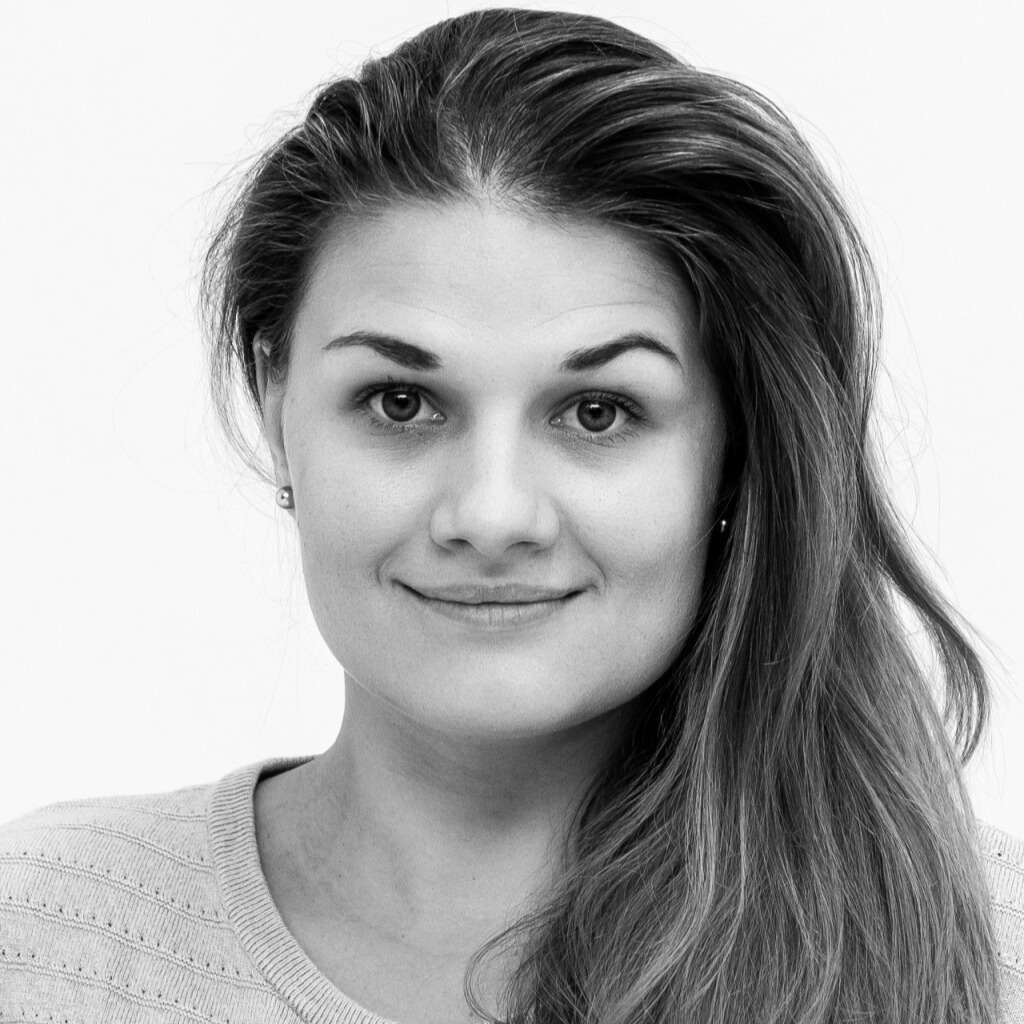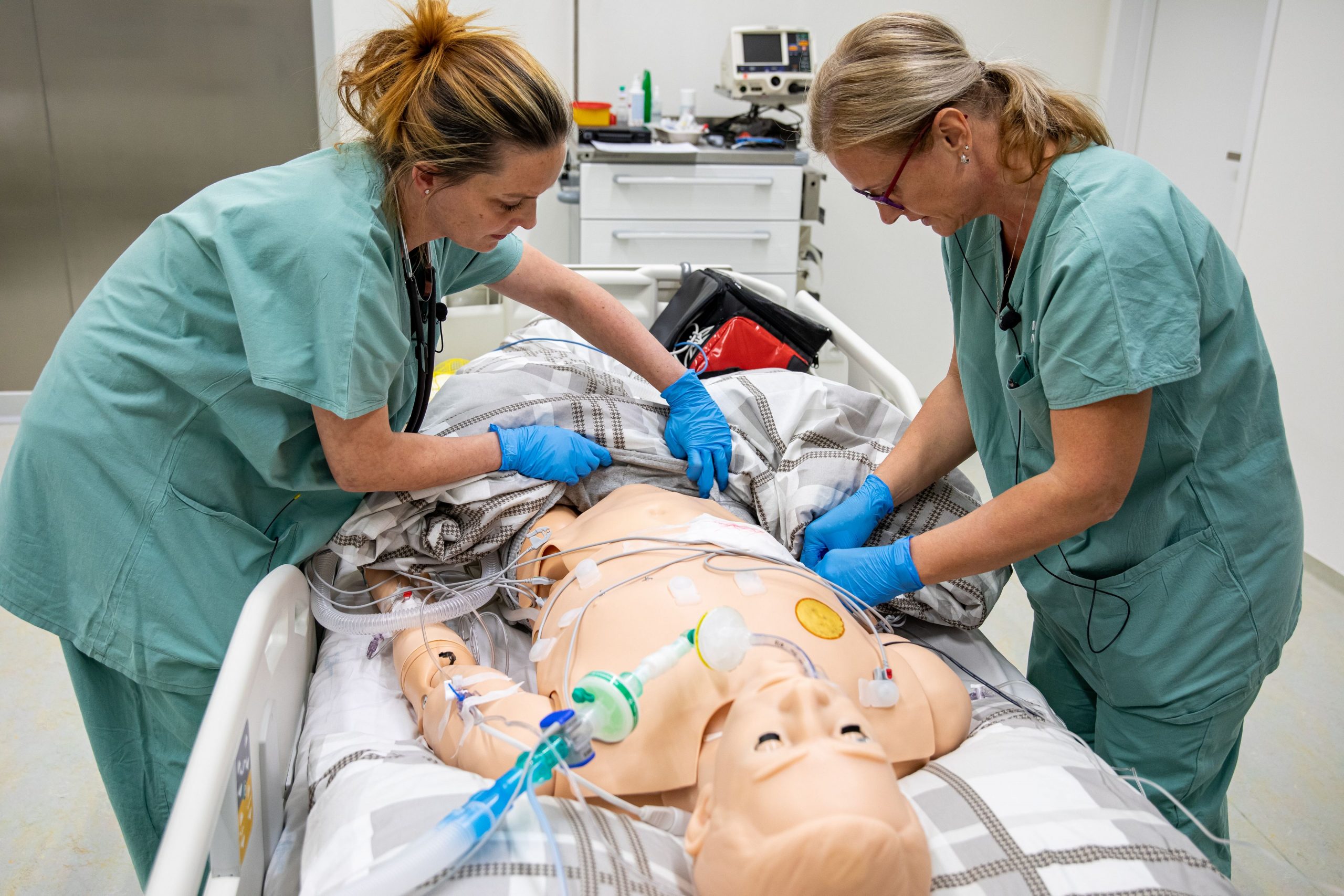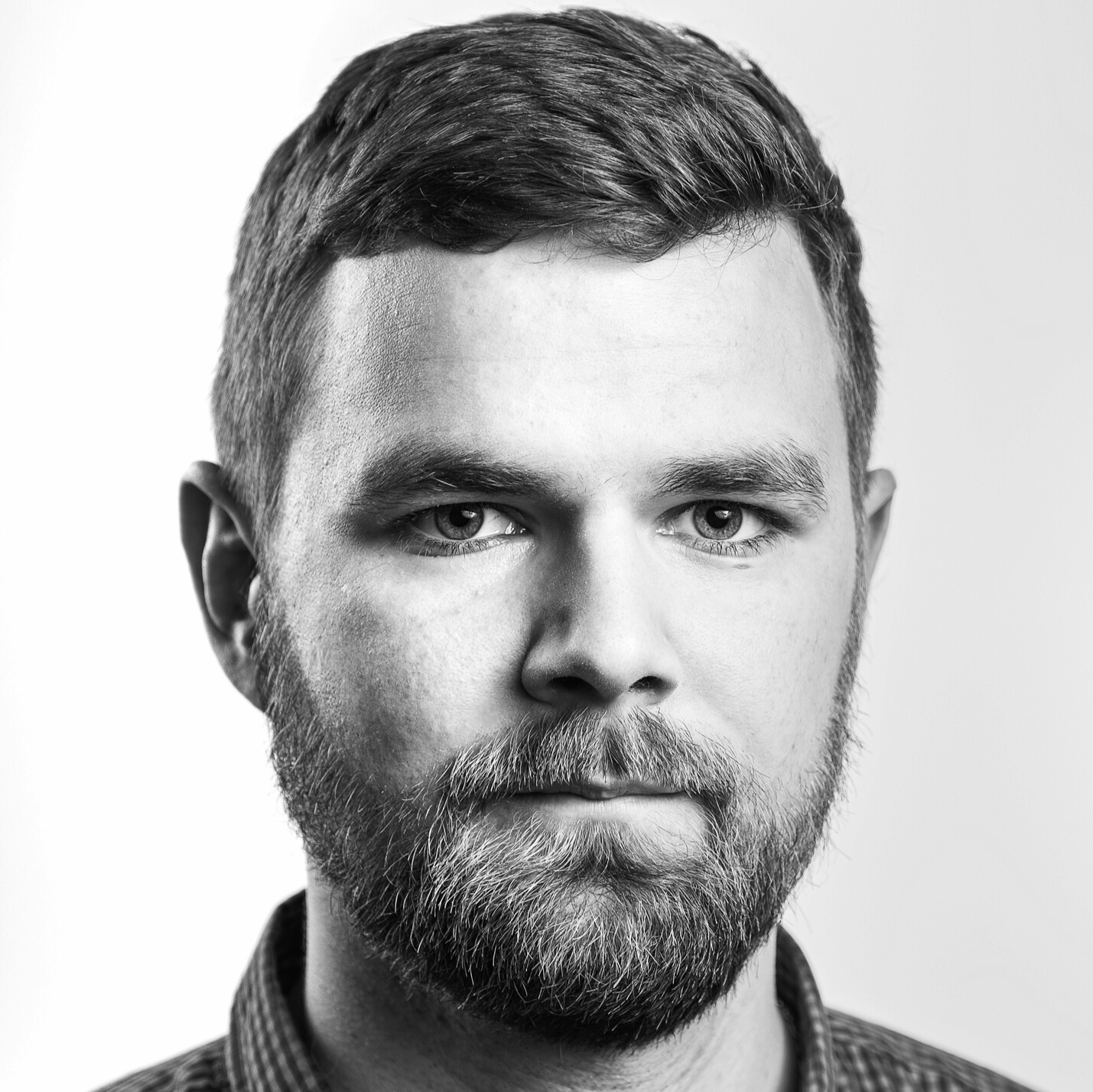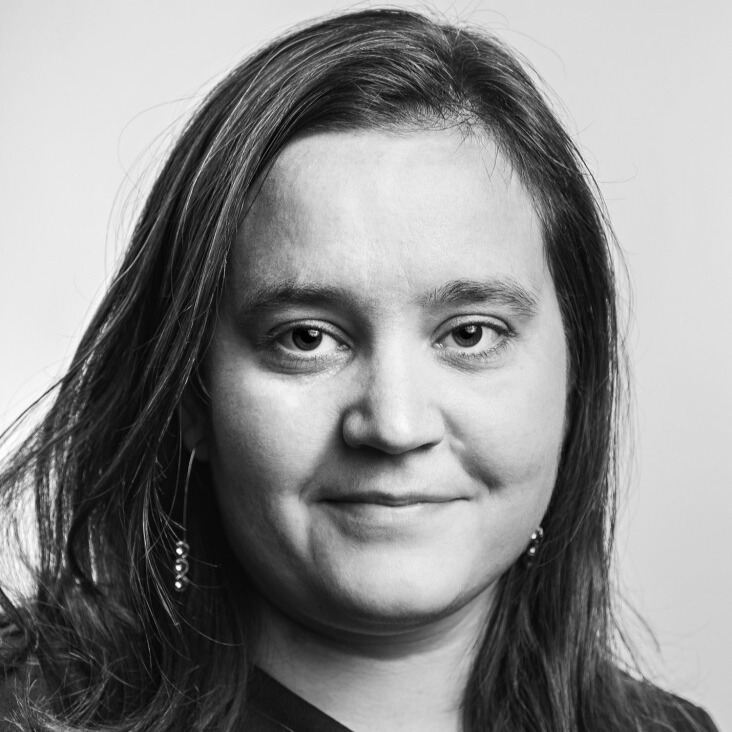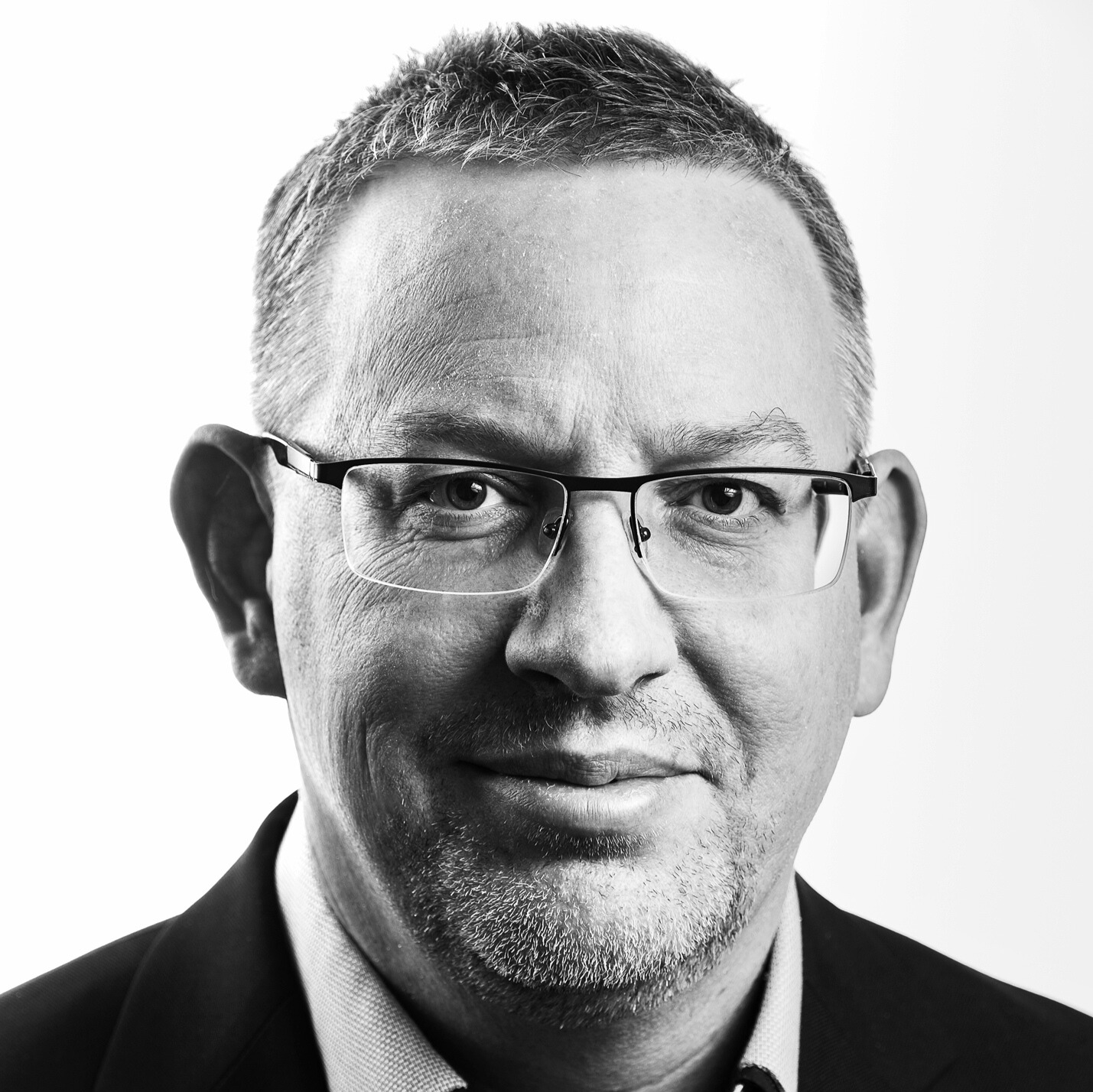SIMU is a hub for simulation-based medical education. With its 8000m2 it is one of the largest simulation centres in Europe, concentrating simulation education across almost all medical disciplines into one cool-looking and newly-designed building. State-of-the-art simulation technologies and innovative teaching approaches ensure each student receives a personalised training.
The Simulation Centre of the Faculty of Medicine at Masaryk University in Brno, the Czech Republic, stands as one of the most advanced simulation facilities in Europe, concentrating simulation education across the medical disciplines into one place. This impressive 5-storey building offers a wide range of learning opportunities for both pre and postgraduate participants, making it a hub for medical education. Recently, the centre celebrated its 1000th day since opening, yet it feels like we have only just begun.
The building
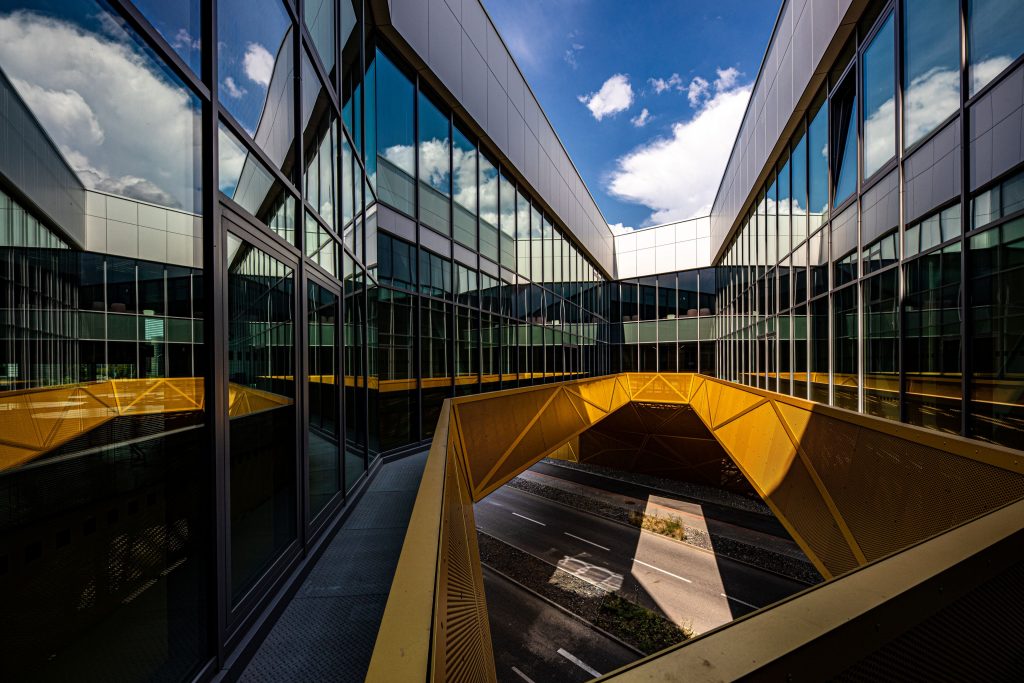
Let us delve into the remarkable features of this new building, which was built with financial support of the European Union and the Ministry of Education, Youth and Sport of the Czech Republic, and which has been supervised by prof. Stourac from the initial concept until today. On the ground floor, an emergency room, complete with an outdoor simulation area and a fully equipped ambulance car. The second floor is fully dedicated to dentistry, providing 10 rooms for practical training. Moving up the floors, you will find 2 operation theatres, 2 intensive care units, 2 inpatient care rooms, and 8 specialised rooms for teaching via virtual 3D simulations. Additionally, there are teaching and seminar rooms designed for collaborative learning methods. A heliport situated on the rooftop allows for the training of patient transport. Altogether SIMU provides 55 rooms for simulation-oriented teaching for a total of 8000m2.
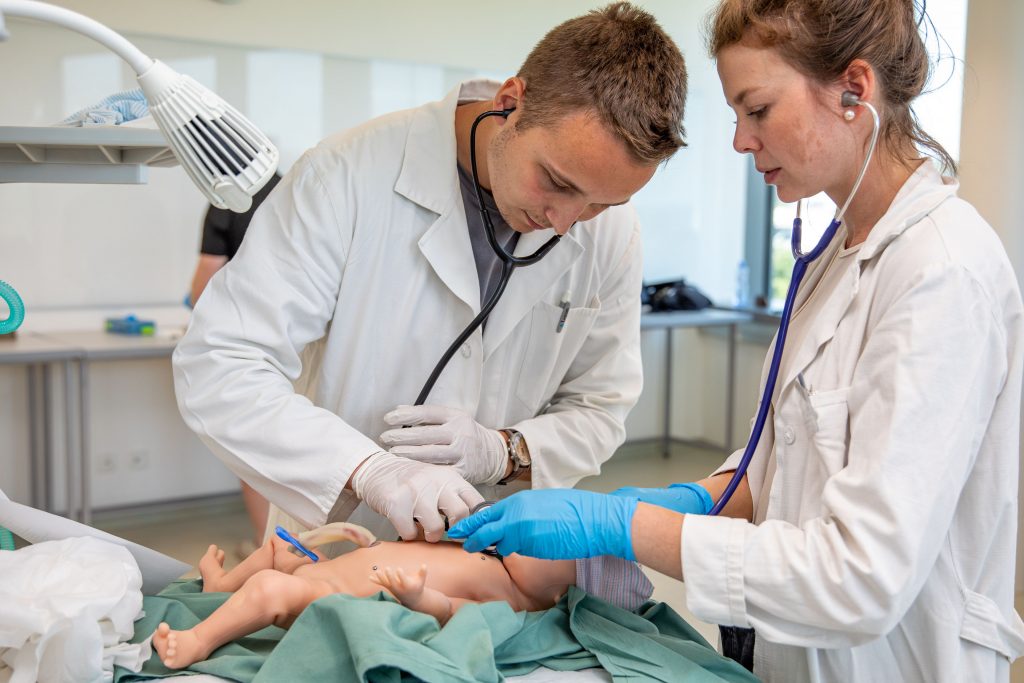
Teaching methods
In light of the advanced facilities, it became apparent long before the building’s completion, which was primarily for the needs of undergraduate teaching, that changes to the curriculum were necessary. We are thrilled that every general medicine, dentistry, emergency services, nursing, or midwifery student at Masaryk University will have the opportunity to experience the benefits of SIMU during their studies.
The range of courses spans from the use of virtual and standardised patients, low-fidelity First Aid and propaedeutics sessions and European Resuscitation Council courses to Team-Based Learning courses and complex high-fidelity scenarios. The general medicine program alone accommodates over 4000 students in a 6 year study programme. To ensure each student receives a personalised approach, the academics initiated a unique project: “Student as a Teacher.” This remarkable initiative encompasses a three-step education process where student teachers are taught to lead low-fidelity-based training sessions under the supervision of content experts and academic staff. This program spans over a year and demands deep dedication from both the academics and the student’s teachers, fostering a supportive and progressive learning environment.
The staff
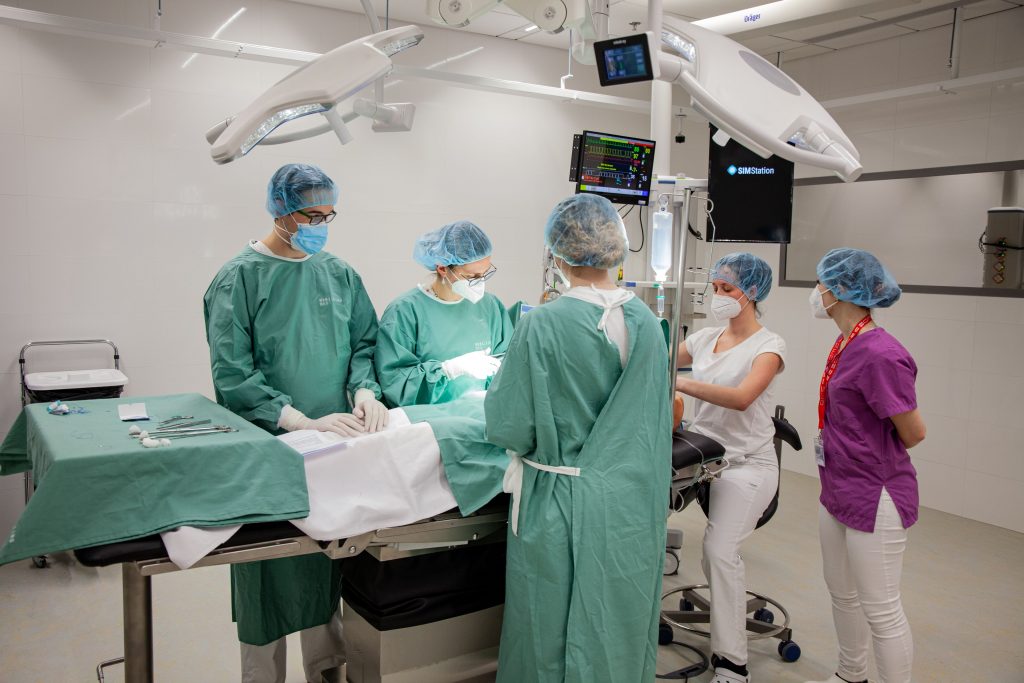
Every simulation centre needs a functional, dedicated and well-established team to be viable. In our case, it consists of academics, teaching technicians, AV/IT technicians and administrative staff. The commitment of every single person to maintain high standards is evident, and it plays a crucial role in the centre’s seamless operation.
To ensure uniformity and efficiency in teaching, all academic teachers involved in post-graduate courses undergo an in-house debriefing course and course about adult learning theories. This ensures that the entire team speaks the same simulation language, facilitating effective communication and enhancing the overall learning experience for the participants.
The technicians are the heart and soul of the centre, working to address any technical issues that may arise. Their extensive knowledge of the equipment and proficiency in co-lecturing are valuable assets. Many of these technicians possess a medical background in nursing or midwifery, which proves advantageous, especially in handling complex high-fidelity simulations.
A key component to maintain a simulation centre of such a size is a dedicated AV and IT team which ensures that the technology works in favour of teaching, not against. Also, that enables SIMU to be part of technical innovations, creating models and exercise equipment using 3D printing and silicone moulding, developing and evaluating software solutions, creating visual learning materials, and many others.
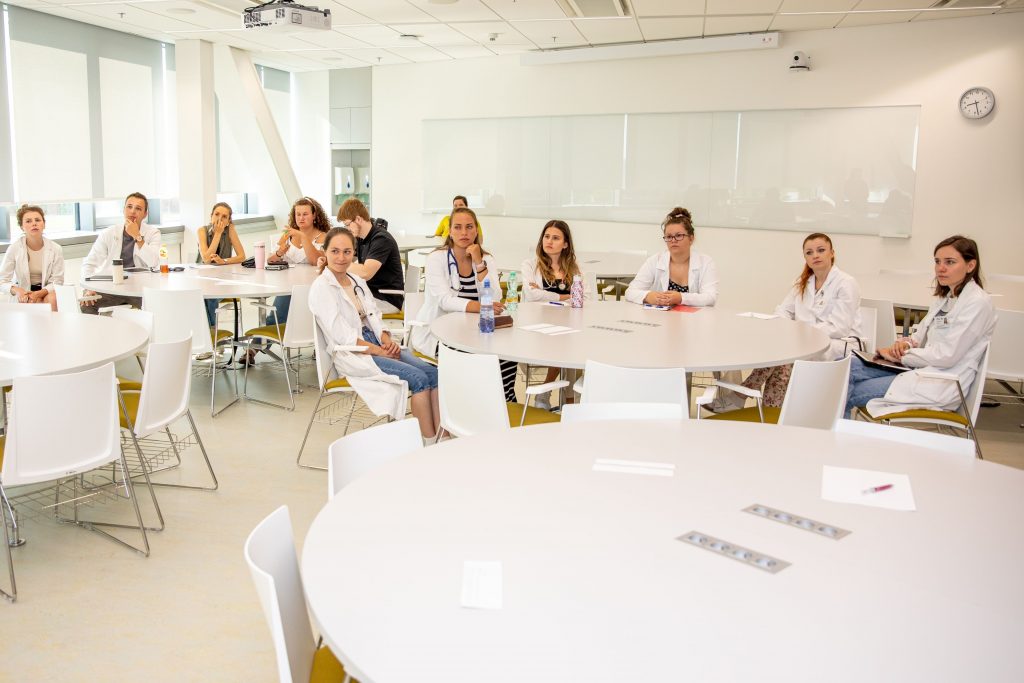
Beyond the simulations
SIMU goes beyond education; it also offers a unique doctorate program: “Healthcare Simulation”. At present, the program hosts 10 students, including one international. The first PhD students are about to graduate within the upcoming year, marking a significant milestone for the program.
And as the simulation community continues to grow and the field continues to evolve, we felt the need to share and discuss common topics with academic colleagues not only across our country every year and that is how SIMPO – simulation symposium, was born and is held at SIMU for the second time in 2023.
Receiving a full SESAM accreditation this year reflects the everyday work of the entire SIMU team. The accreditation process was thorough, yet definitely worth undertaking. The questions we answered during the application helped us to reflect on our teaching methods, standardise feedback evaluation and establish new friendships within the medical education community.
In conclusion, we invite you to dive into the experience of a medical student at Masaryk University, as SIMU is a place to choose.
| SIMU in numbers: more than 1000 simulators 8000 square metres 139 different undergraduate subjects 30 unique postgraduate courses. |
READ ALSO


